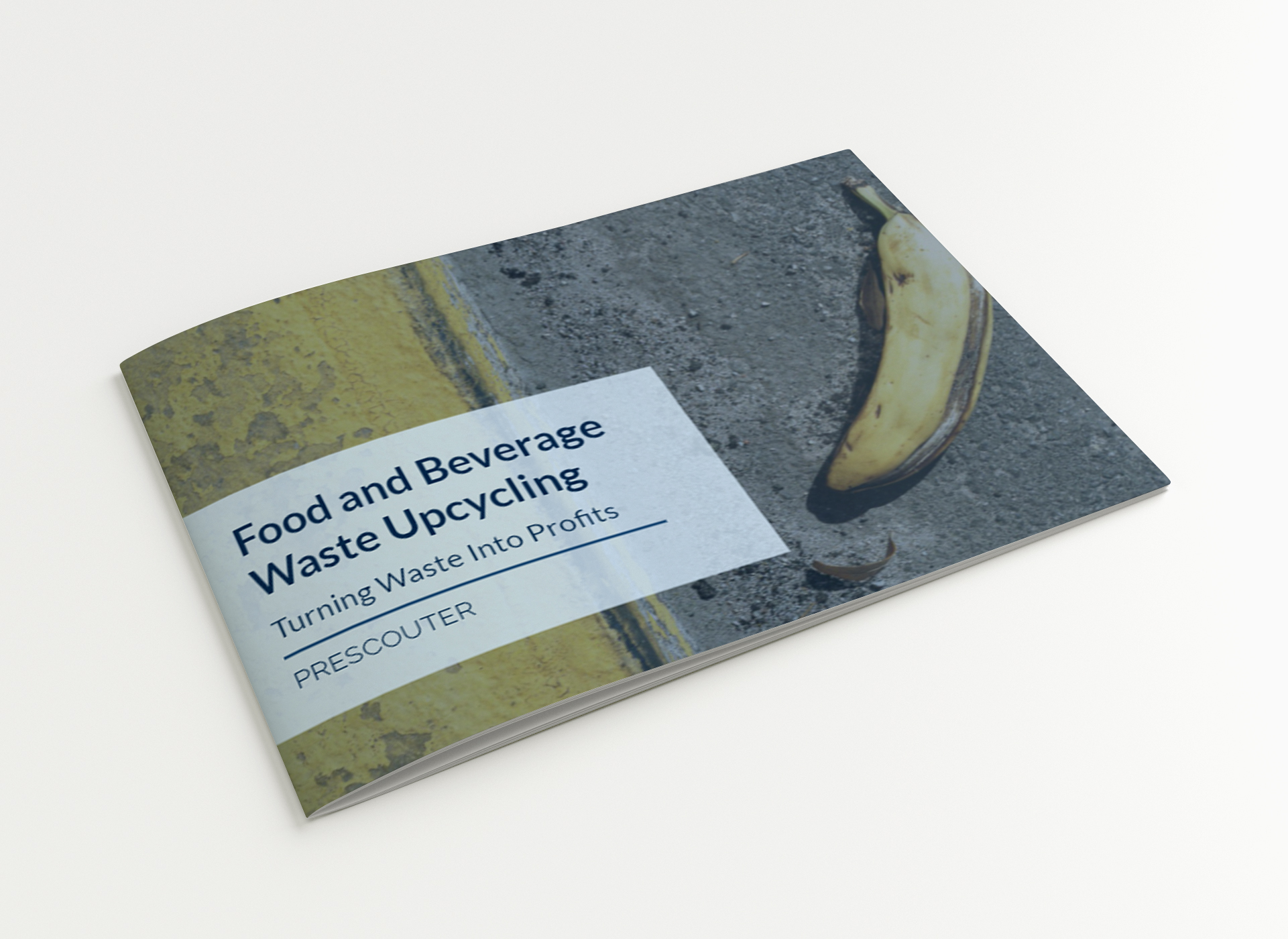Billions of dollars in residual profits are thrown away annually along with food waste. However, the shift from a linear- to a renewable-based world is happening, and the many examples of food waste upcycling developments demonstrates that this change is under way. Finding a way to upcycle all waste from food and beverage manufacturing processes could help reduce greenhouse gas emissions as well as reduce the gallons of water used in food horticulture.

One organization estimates that an annual investment of $14 billion into food waste upcycling initiatives could reduce food waste by 45 million tons per year over the course of the next 10 years, and such investments would lead to $73 billion in annual profits as well as reducing greenhouse gas emissions by 75 million metric tons.
Included in this Intelligence Brief:
- Highlight of the environmental and financial benefits of food and beverage waste upcycling
- A look at food waste upcycling patent application trends
- Examples of key players partnering to take advantage of F&B industry upcycling processes
- Profiles of technologies across material waste stream inputs along with applications for the upcycled product








